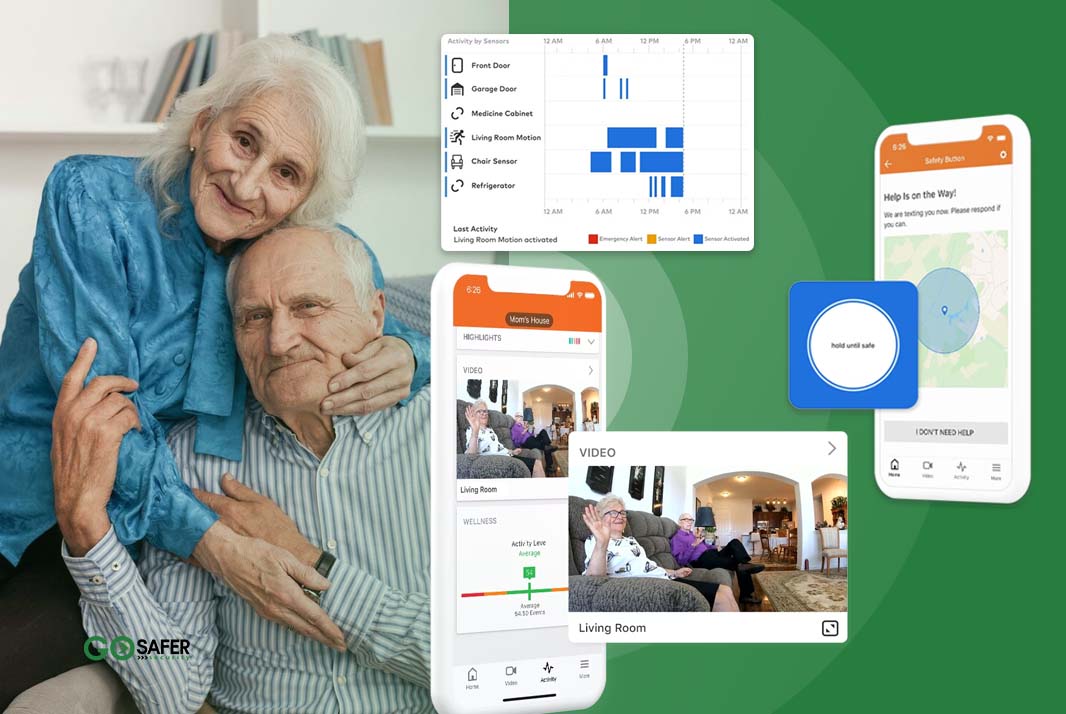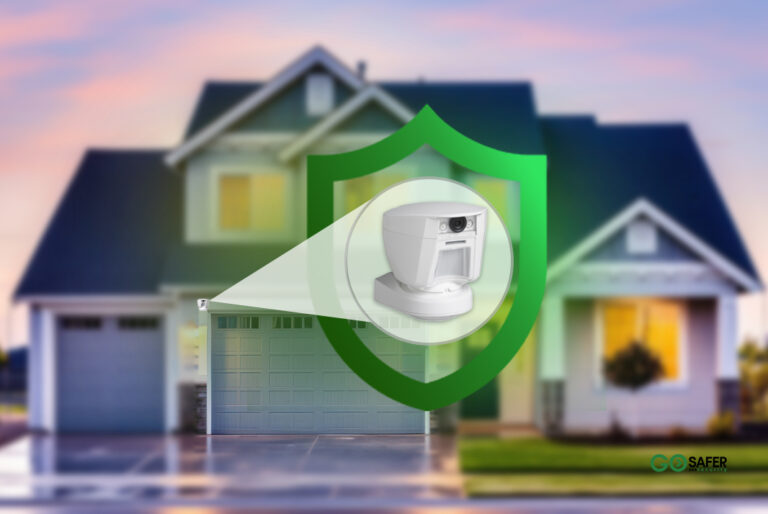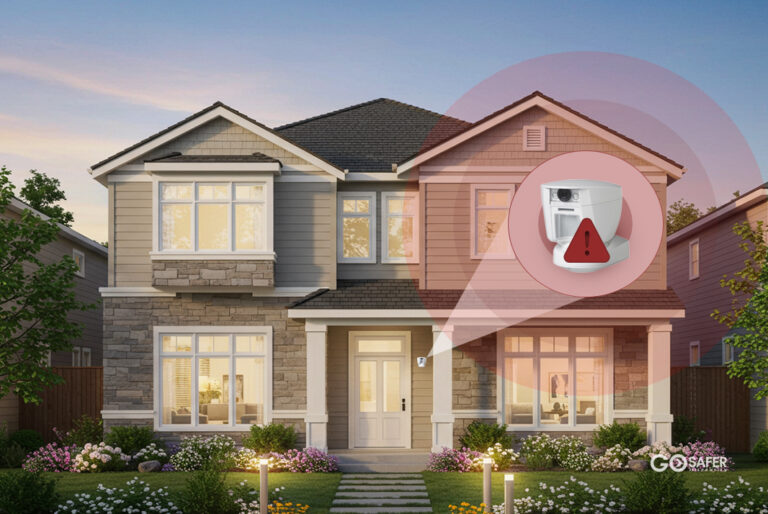Did you know that one in four seniors aged 65+ experiences a fall each year? And yet, many still live independently, often without a quick way to get help. That’s where PERS with fall detection steps in — a real game-changer in both senior care and home security.
These smart devices don’t just keep you safe; they empower independence while giving families peace of mind. Let’s break down how this technology works, why it matters, and how you can integrate it into your smart home security system.
Table of Contents
ToggleWhat is a Personal Emergency Response System (PERS)?
A PERS is a wearable or stationary device that allows users to call for help by pressing a button. It’s typically used by elderly individuals who may need medical assistance or who live alone.
These systems offer 24/7 monitoring, so if anything goes wrong — help is just one press away.
How PERS Works with Home Security
Modern PERS systems connect seamlessly with your home alarm setup. When a fall or emergency occurs, the device:
- Detects the issue
- Sends an alert to a monitoring center or emergency contact
- Dispatches EMS if needed
Evolution of PERS Technology
What started as a simple panic button has evolved. Today’s systems feature:
- Fall detection sensors
- GPS tracking
- Two-way communication
- Smart alerts to family or caregivers
What is Fall Detection and How Does It Work?
Fall detection uses accelerometers and motion sensors to detect abrupt movements or impacts. If a fall is detected:
- The system automatically triggers an alert
- No button press is needed
Advanced models use AI to reduce false alarms (like dropping the device or sitting too quickly).
Regular PERS vs Fall Detection PERS
| Feature | Traditional PERS | Fall Detection PERS |
|---|---|---|
| Requires Button Press | ✅ | ❌ |
| Detects Unconscious Falls | ❌ | ✅ |
| AI-Powered Alerts | ❌ | ✅ |
The difference is clear — fall detection saves lives, especially when the user is unable to press a button.
Benefits of Using PERS with Fall Detection
- 🚑 Immediate Medical Help: Faster response can be life-saving.
- 🛡️ Prevents Complications: Early intervention = quicker recovery.
- 😌 Peace of Mind: Both users and caregivers feel more at ease.
- 🏠 Independent Living: Freedom without compromising safety.
Key Features to Look for in a Modern PERS Device
Here’s what you should look for:
- Automatic Fall Detection
- GPS + Cellular Connectivity
- Two-Way Audio
- Water Resistance
- Battery Backup
Smart Home Security + PERS: The Perfect Match
PERS can be integrated into your Go Safer Security system to create a 360° protection network:
- Syncs with motion sensors and smart locks
- Triggers alerts to cameras and emergency contacts
- Works via mobile app
Use Case: Independent Living with Full Protection
Imagine your elderly parent lives alone. One night, they fall and lose consciousness. A fall detection PERS detects the incident, contacts the monitoring center, and EMS is dispatched — all without them lifting a finger.
Choosing the Right PERS with Fall Detection
Look for:
- Transparent subscription plans
- Positive customer reviews
- Integration compatibility with GoSafer’s system
- 24/7 tech support
Why Go Safer Security is Your Trusted Partner
Go Safer Security specializes in custom home security systems that can integrate smart devices like PERS. Whether you’re protecting your loved ones or planning for your own future, our team can help build a solution that fits your needs and budget.
📞 Contact Us Today for a free quote!
Conclusion
Technology has come a long way, and PERS with fall detection is proof. It’s not just a safety tool — it’s a lifeline. When paired with a smart home security system, it becomes a powerful force for proactive protection and independent living.
Don’t wait for an emergency to happen. Be ready. Be safe. Be smart.
FAQs
1: How does fall detection work without pressing a button?
It uses sensors that detect sudden movements or impact, automatically sending an alert if a fall is likely.
2: Can I connect a PERS to my GoSafer home security system?
Yes, most modern PERS devices are compatible with smart home and security systems.
3: What’s the average cost of a fall detection system?
Expect to pay between $25–$50/month for a monitored system, plus a one-time device fee.
4: Are these systems covered by insurance or Medicare?
Some are, especially if prescribed by a doctor. Check with your provider for coverage.
5: Can PERS detect other emergencies like strokes or heart attacks?
While not diagnostic, PERS allows users to request help for any emergency with the press of a button or automatic alert.







